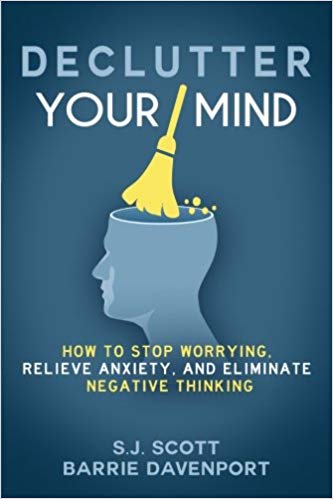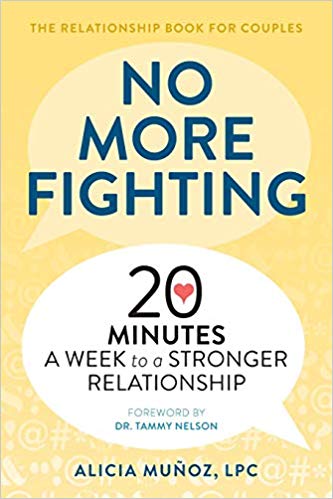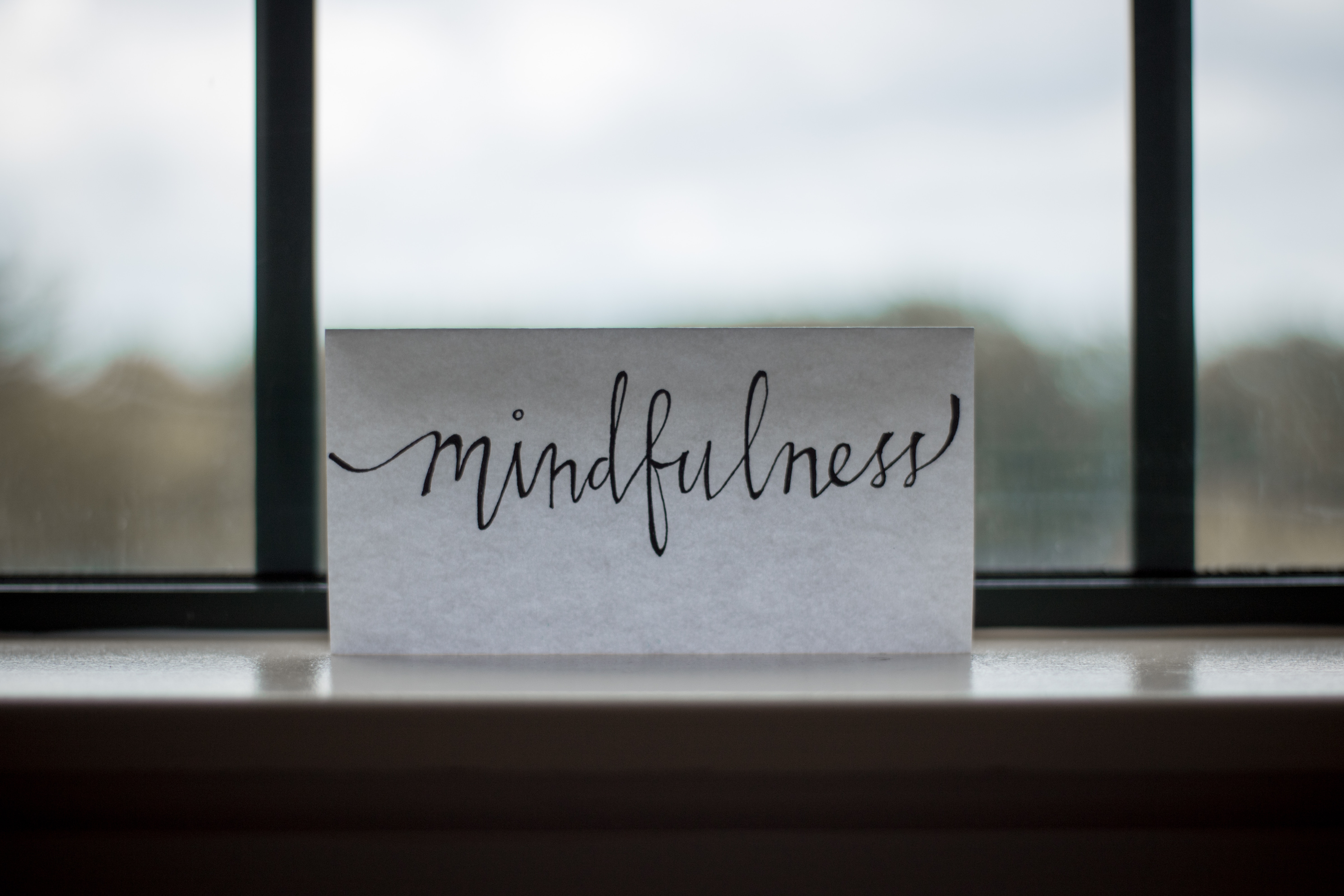There is no doubt that all parents want to always do right by their kids by unconditionally loving and nurturing them. However, amongst their blind love for their children, parents all around the globe tend to make some common mistakes, and they are as follows:
Giving Too Much and Expecting No Return
Of course, parents work hard so that they can afford to cater to all the needs of their children and provide for them. However, by giving continuously to their kids and fulfilling all their demands, parents tend to spoil their kids. This only makes the children self-centered kids, forcing them to believe that they are entitled to everything. Safe to say, such children, find it extremely difficult to cope in the real world when they are on their own.
It has been proven that assigning children regular unpaid chores and talking to them about how the contribution from them is needed to make it all work can go a long way in helping kids become empathetic.
Plus, teaching them the importance of money is also essential. So, please give them a particular allowance and encourage them to spend on things that matter, save for the future, and give away to worthy causes. This will surely teach them a valuable lesson or two.

Becoming a Friend
Yes, you need your children to share everything necessary with you and consider you someone they can confide in. However, don’t make the mistake of always acting ‘cool’ all the time and ignoring things such as them disrespecting elders or lacking behind in studies. Boundaries are so important!
There are three main styles of parenting: Authoritarian – low on love and high with expectations – permissive – Low on authority but high on love – and authoritative – Responsive, nurturing, high with expectations, and not afraid to exercise control when needed.
Guess, which style of parenting has been proven to be most effective? Yes, it is indeed, authoritative.

Not Trying To Create Family Culture
One’s family environment shapes them.
Nowadays, with media and technology continually bombarding children and adults alike with all sorts of negative messages, the role of a family has become even more critical.
Creating a positive family culture, being vigilant, and providing certain crucial values for the children to abide by is vital. For instance, when children hit puberty, they need to be educated about pornography and drugs. There should be rules about when and where technological devices are used. Plus, spending time together is also important be it on vacations, watching movies, or worshipping.
The bottom line is that parents do make inevitable mistakes that are entirely avoidable. By giving certain essential responsibilities to children at a young age, exercising authority when required, and taking control of external factors such as what sort of people the children hang out with and the information they are exposed to can go a long way in developing kids that grow up to a responsible member of the society.
















 Examine the evidence for both sides
Examine the evidence for both sides














